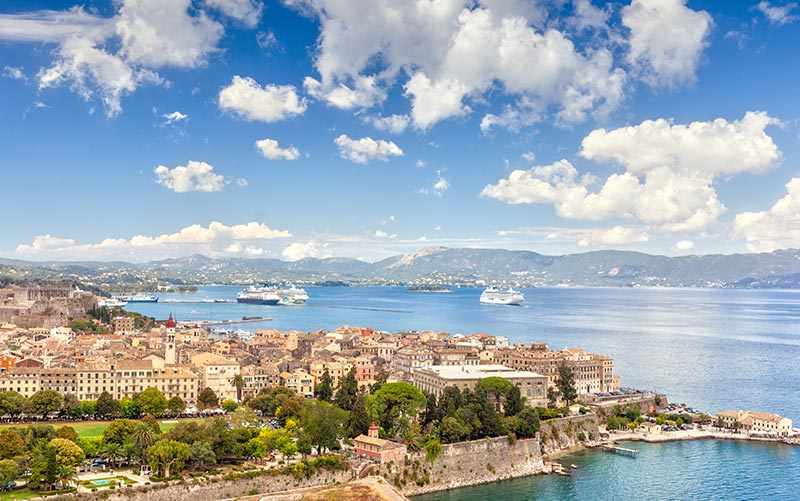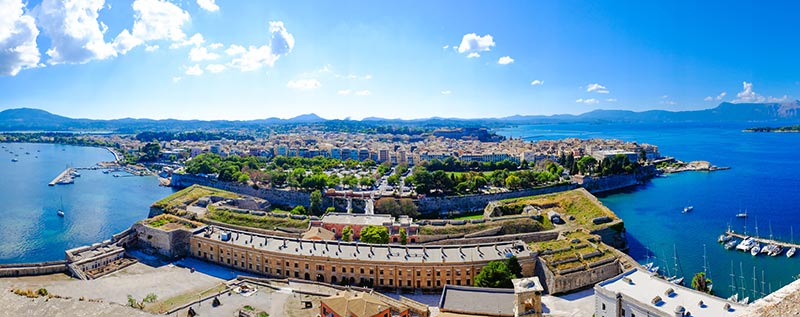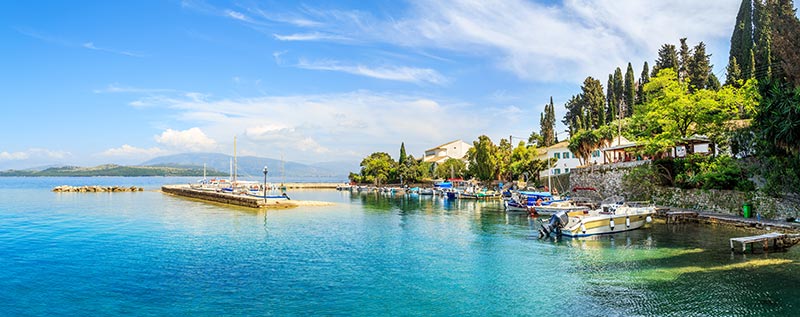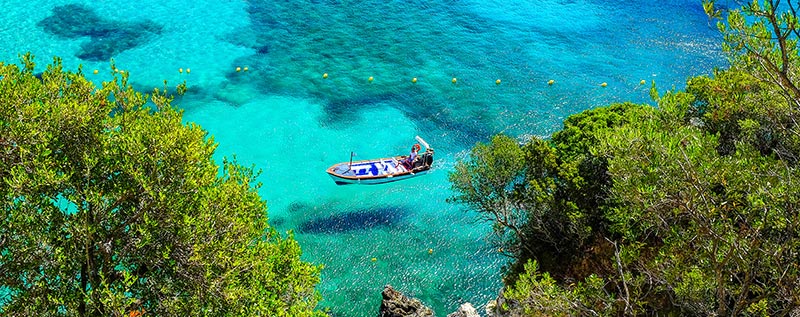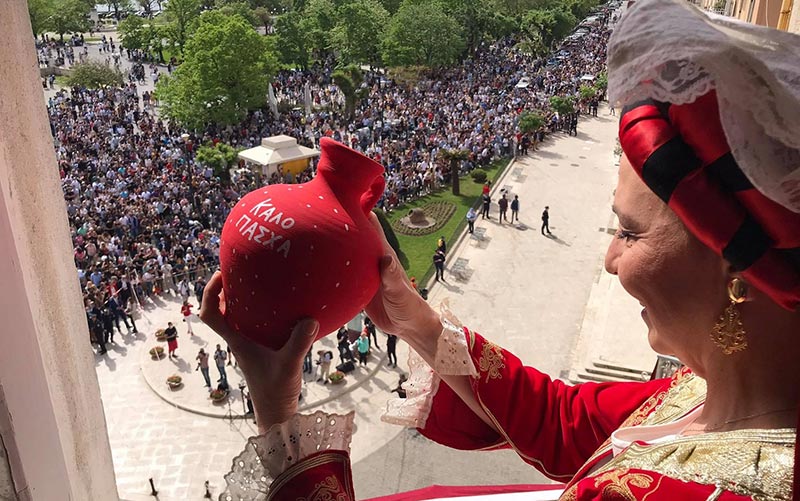Brief History
The Ionian islands formed by Corfu, Zakynthos, Ithaca, Cephalonia, Levras, and Paxos, together with Cythera at the southernmost tip of the Peloponnese, make up one of the most attracting groups among the innumerable islands of sea-girt Greece.
Corfu, the legendary island of the Phaeacians and Odysseus’ last stop on his way home to Ithaca, is the best-known of these islands and one of the most beautiful, not only of Greece, but of the whole Mediterranean as well.
Prehistoric Times
The island has been inhabited since the Paleolithic Age. Towards the middle of the 8th century (775-750 BC), the first known Greek settlement on Corcyra was established by the Euboeans. Korkyra, also known as Corcyra, was an ancient Greek city on the island of Corfu in the Ionian Sea, adjacent to Epirus. Corcyra (modern Corfu and also known as Kerkyra) located in the Ionian Sea is one of the northern most Greek island. It was an important philosophical or city-state in the Archaic and Classical periods.
Roman times (229BC – 337AD)
To avoid frequent attacks and incursions, Corcyra position herself freely under Roman authority. The Romans allowed Corcyra to have full autonomy and accepted her ancient privileges.
Corcyra was the first stop on the way to the East from Italy and her port was continuously used by the Roman navy with a Roman guard always stationed in the island.
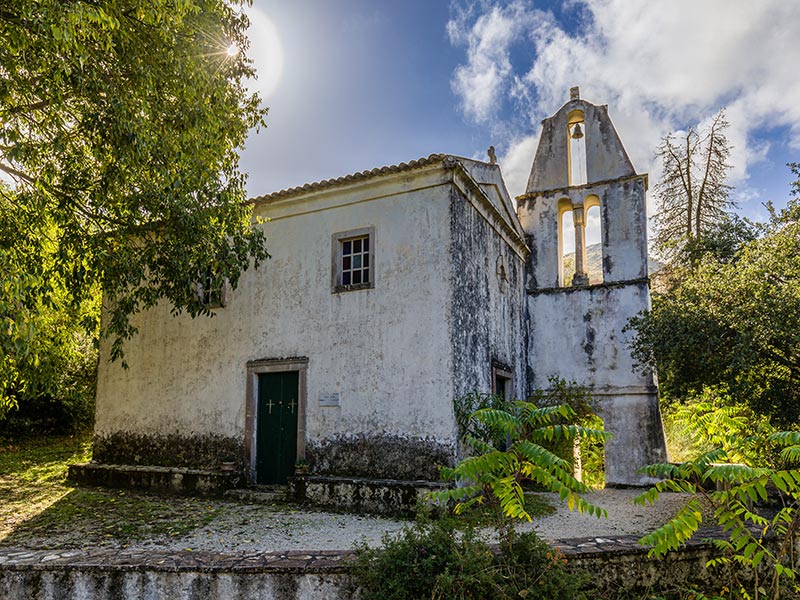
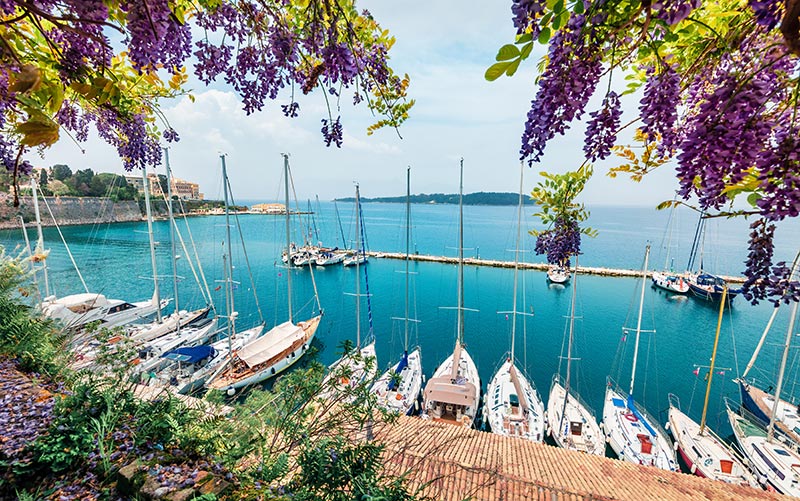
The Byzantine Period (337-1067)
After the division of the Roman Empire into Western and Eastern Empires, Corcyra became part of the Eastern Roman Empire, known as the Byzantine Empire.
The Venetians (1207-1214)
The Crusaders have taken over Constantinople and the Byzantine state was dominated and shared among the victors. Corcyra was given to the Venetians, who has given military assistance to the Crusaders.
The Venetians were forced to fight their predecessors, the Genoese, who refused to leave the island. After the victory, The Venetians divided the island into 10 fiefs (source of income), that were given to Venetian noblemen and their families. Therefore, the families had the obligation to pay an annual tax to the central government, to preserve a small military force, and to organize the administration of the island.
Incorporation of Corfu into the Greek state (1864)
The opportunity for Corfu’s union with Greece was provided when the new king of Greece was chosen. Great Britain gave the Ionian islands to Greece in exchange for the choice of the Danish prince, William – George I, King of Greece. Regardless of British impositions, the Greek government signed a new treaty between the Great Powers and Greece that allowed only Corfu and Paxos to remain neutral.
As a result, on May 21st, 1864, the union of the Ionian islands with Greece became possible and was well accepted and much celebrated in Corfu and Athens.
Easter in Corfu
The most popular festival of the Orthodox church.
The breaking of “botides” tradition
Corfiots continue to mark the Holy Saturday tradition by throwing large clay pots filled with water from the balconies of homes in the center of town, and watching the pots to smash into pieces on the streets below.
Palm Sunday
The parade has been held since 1630 and all the local bands of the island participate.



